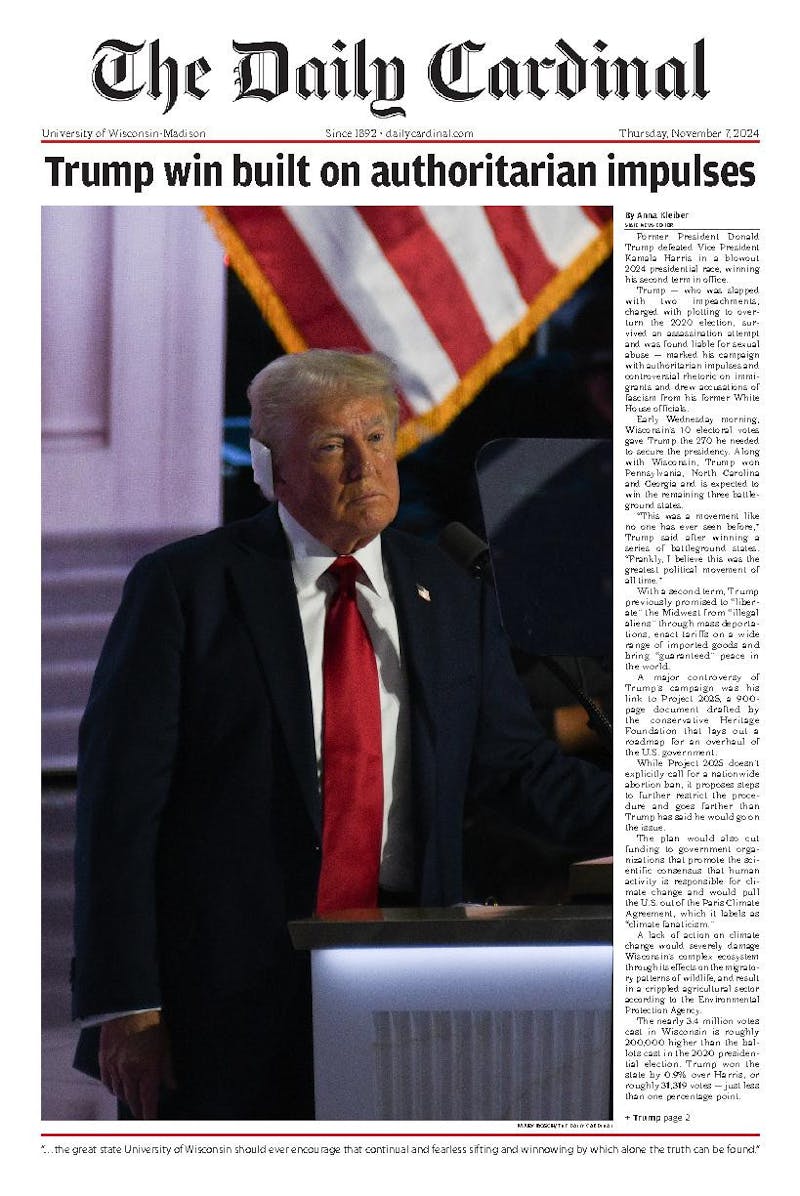The death of a 21-year-old Emerson College student in the riots following the Red Sox win Thursday should serve as a wake-up call to the nation about the true nature of so-called \less lethal"" weapons. Victoria Snelgrove was shot in the eye with a pepper spray pellet from close range by a mounted officer who began firing into a crowd after a bottle was thrown.
Pepper spray guns are part of a class of weapons known as ""less lethal,"" which traditionally includes regular pepper spray, batons and tear gas. The class has now grown to include newly developed technologies such as the pepper spray gun/launcher, the weapon behind the death of Snelgrove, as well as electrical incapacitation devices, such as the taser. These weapons were formerly called ""non-lethal,"" but the name had to be changed following substantial numbers of civilian deaths.
The idea behind the weapons appears to be a good one-offer more protection to police officers and simultaneously decrease shooting deaths of suspects and citizens by police. However, the weapons and their rapid, nationwide spread are riddled with problems. There have been no independent research studies on long-term effects of the weapons, no studies on whether they will truly prevent the use of lethal force and no studies on the potential for them to be abused. There has also been minimal training for officers on the use of the devices and their inherent risks.
The American Civil Liberties Union, the European Parliament and even many within the law enforcement establishment have all expressed concerns over the absence of research on the effects of the weapons. The only research done on tasers, devices that send 50,000 volts through the recipient, and pepper spray guns, has been done by Taser International and Pepperball Technologies, respectively. These corporations are responsible for selling, promoting and profiting from the use of the weapons. These studies pose a clear conflict of interest, and flaws within them are already apparent.
The growing popularity of these weapons is due in large part to these corporations' widespread and effective marketing campaigns. They are being marketed as an alternative to the use of lethal force and, while this may be true, the potential for serious injury, death and abuse cannot be glossed over. In particular, the pepper spray gun, similar to a paintball gun, is promoted as ""consequence free,"" and is even being marketed to the general public for home protection.
Snelgrove's death, the 50 other people killed by pepper spray in recent years and the 70 killed by tasers should all stand as testament to the potential lethality these new technologies. Additionally, many people, particularly blacks, Latinos and the poor are sprayed or shocked inappropriately during traffic stops or for other small infractions. The weapons are also problematic in crowd-control situations because they are inaccurate at a distance. Minimal, single-day and ineffective trainings, primarily conducted by the corporations, in part have contributed to officer misuse of the weapons.
The logistical questions about the adoption and deployment of new technology aside, there are more fundamental issues at play in the ""less lethal"" weapons debate. Amnesty International and other human rights watch organizations have been issuing alarming reports about the extent of police brutality in the United States for close to a decade and new technology often simply creates ""high tech"" repression.
In a flawed system, new weapons technology can serve as one more way to terrorize and control minority communities and even political dissent. In other words, in the institutionally racist American criminal justice system, people of color, the poor, the homeless and protesters in crowd-control cases are the first ones to experience abuse. Those already killed by tasers and pepper spray and injured by plastic bullets have disproportionately been in these segments of society, but minimal mainstream protest has been heard.
These issues are particularly relevant in Wisconsin, where both the Madison and Milwaukee police departments are already using tasers and pepper spray guns and where the incarceration rates of black Americans are some of the highest in the nation. We need to address the deeper inequalities and racism within the criminal justice system as well as create civilian oversight bodies on the adoption and deployment of less lethal weapons technology.
The death of a young middle-class woman will garner mainstream attention to issues that other communities have been facing for years. In the end, when a person is wrongfully killed it makes little difference what type of weapon killed them or what the intent was-the resulting silence is the same.
opinion@dailycardinal.com.





